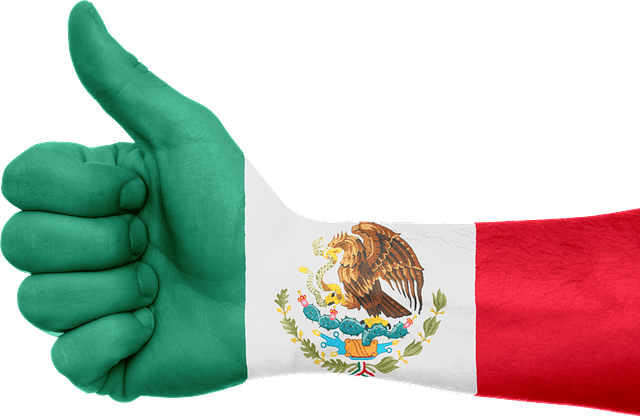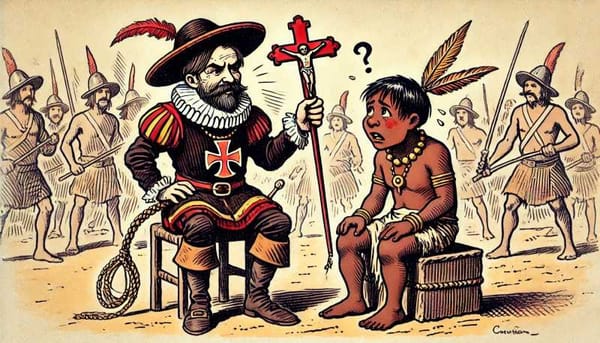Mexico 1821-2021: What has happened in 200 years?
Over the course of two centuries, the national territory was reduced by more than half; the population increased 19-fold. Literacy in the country increased, but some native languages were lost. The average life expectancy increased to 75 years. Today, Mexicans are taller but overweight and obese.

Empires, armed conflicts, dictatorships, invasions, interventions and tragedies, creation of institutions, scientific and technological advances, loss of territory, population growth, the exodus from rural areas to large cities, and with it, the demand for services, education, employment, and infrastructure for the development of the country and Mexicans.
It is 200 years of independent Mexico, a nation formed by women and men who in two centuries have contributed to the consolidation of a modern country in which, although indeed, there are still important challenges in different areas, it is also true that today there are significant advances in health, education, democracy, science, economy, culture, sports, among other areas.
Medicine is a field with great advances over the last 200 years, where public health, life expectancy, types of diseases, medicines, and medical diagnoses have changed. In the first half of the 19th century, there were serious epidemics of typhus, influenza, yellow fever, and malaria. Deaths of up to 50 percent of children under five years of age were common and life expectancy was 30 to 32 years.
An important advance was the implementation of handwashing, achieved at the end of the 19th century, which greatly reduced infections among doctors and patients. According to INEGI figures, life expectancy in Mexico has increased considerably, since in 1930 people lived an average of 34 years; 40 years later they reached 61 years; in 2000, 74, and 2020, 75.23 years on average.
On the other hand, even though the right to education has not been guaranteed for the entire population, unprecedented progress has been made in literacy, since at the time of Mexico's birth, schooling was almost zero; in other words, we were a country of illiterates. In 1843, when the population of the Mexican territory was seven and a half million inhabitants, educational coverage was 0.9 percent of the population.
Sotero Prieto Rodríguez (1884-1935) is considered the father of mathematics in Mexico, and the first who thought of mathematics as a science. Today's scientific practice is very similar to that of the 19th century, in how the production of knowledge is a factor for the economic, social, and educational development of the country. Thus, it was planned the creation of the National Preparatory School (1867) and the National University of Mexico (1910), where three universal figures who won the Nobel Prize attended their lectures.
Challenges and ambiguities
The consummation of Mexico's Independence did not imply immediate and significant changes for the bulk of the population, as the subjugation of mestizos and indigenous people continued, and classism translated into racism. Based on calculations, the difference in height between the indigenous population of two centuries ago and the current average population is approximately 10 centimeters (.4 inches).
The arrival of internal combustion vehicles revolutionized the country because travel times were epic: in 1820, getting to Querétaro from the capital meant two and a half days, a trip from Zacatecas to Mexico City, a month.
The history of university education in the last 200 years comes from discontinuities.
In 1865, during the Empire of Maximilian of Habsburg, the then Imperial and Pontifical University of Mexico closed definitively. Two years later, with the return of the liberals to power, a General Law of Studies was proposed that created the National Schools, with the National Preparatory School as its most precious jewel. From 1867 to 1910, there was no university in Mexico.
The 20th century is the century of the Mexican educational epic since in 1910 the University was created; in 1921 the Secretariat of Public Education; in 1929 the National University obtained its autonomy. In the '20s and '30s numerous teacher training colleges, rural schools, the National Polytechnic Institute were founded and there was an important educational effort.
Loss of territory and growth of cities
Indigenous people made up more than 70 percent of the population at the end of the Viceroyalty. Thus, at the time of Mexico's Independence in 1821, seven out of every 10 people spoke a native language. Their diet was different from the one we have today. The staple food was corn, but they also consumed beans, squash, seeds, tubers, tomatoes, chili, and tropical fruits, which they complemented with insects, fish, birds, rabbits, hares, or deer: 200 years ago, the problem of obesity did not exist.
In terms of territory and population: the former was reduced by less than half, and the latter grew approximately 19 times. Mexico went from being rural to urban, with nearly two-thirds of the population living in towns of 15,000 inhabitants or more, and with half of the national population living in cities of 100,000 people or more. Two centuries after the construction of Mexico, it is a young country as a Republic.
Important territorial changes took place, such as the separation of the provinces that made up the Captaincy General of Guatemala (Guatemala, Honduras, El Salvador, Nicaragua, and Costa Rica) in 1823; the Independence of Texas in 1836; and the loss of more than half of the territory (the current states of California, Arizona, New Mexico, Nevada, as well as Utah, and portions of Colorado, Oklahoma, Kansas, and Wyoming, in the current American Union) in 1848, after the invasion of the United States.
The main interest of the Spaniards who arrived in America was the extraction of metals, especially silver, but over time in its independent life our country lost this vision and bet on oil). 200 years ago, the country's biodiversity was much more integral, more complete, with many more species that have been lost, particularly in the last 60 to 70 years.
This has occurred due to two situations: human pressure, which was a result of intense population growth, and the lack of understanding of the damage that some public policies generate on the country's resources. The great problem of the Mexican economy over 200 years continues to be inequality. Historical evidence is that, despite cycles of relative prosperity, the inequality gap remains.
Signs of identity
During the last 200 years, Mexico has had four flags with several modifications and changes in design. For many authors, although it is not a flag, the first one was the banner of the Virgin of Guadalupe wielded by the priest Miguel Hidalgo in 1810 at the beginning of the Independence movement; its importance lies in its role of becoming an insurgent symbol beyond a religious sign.
In 1823, the National Coat of Arms was incorporated to the Flag, which had modifications during the first two Mexican empires -Agustín de Iturbide (1822-1823) and Maximilian of Habsburg (1863 and 1867). Both identity signs, together with the National Anthem, sung for the first time on September 15, 1854, in the National Theater, constitute the maximum symbols that animate and commit Mexicans. Among the key elements for building this identity are education and the control that the educational system has over official history.
Despite adversity, Mexicans have a greater sense of belonging and national pride than other societies.
Finally, as a sample of the indeclinable work for 200 years of Mexican literary activity, there are the works of the poetic genre that will remain without time and space with authors such as Ignacio Manuel Altamirano, Guillermo Prieto, Vicente Riva Palacio, Amado Nervo, José Juan Tablada, Efraín Huerta, Guadalupe Amor, Rosario Castellanos, as well as Ramón López Velarde, and the "Suave Patria" ("Gentle Homeland") -... "I will say with an epic mute: the Homeland is impeccable and diamond-like".
Summary of the Bicentennial of Mexico's Independence
In two centuries, the national territory was reduced by more than half; the population grew 19 times. The country became literate, but some native languages were lost. Life expectancy increased from 30 to 75 years. Mexicans are 10 centimeters taller but overweight and obese. No major change: economic and social inequality. There were major epidemics, such as typhus, influenza, yellow fever, and malaria. Hand washing was implemented. The National Preparatory School (1867) and the National University (1910) were created.

Source: UNAM





